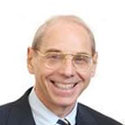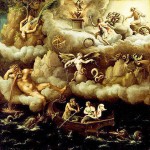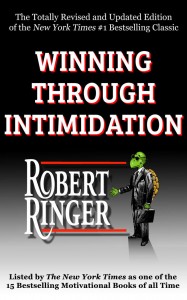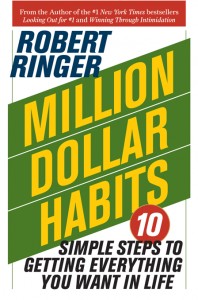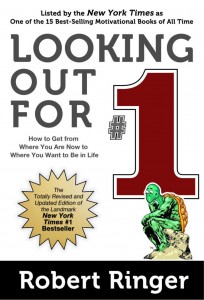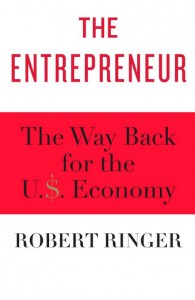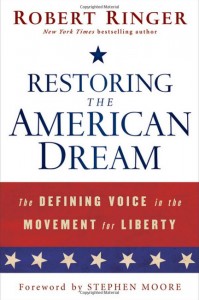The Mystery of Death
Posted on November 9, 2015 by Robert Ringer
In my recent article titled “Immortality versus Nothingness,” I speculated on what happens to us after death. As a compliment to that article, I’m going to focus here on the abstract of death itself, because the daily news is saturated with tales of death.
Consider:
- The south side of Chicago is now more dangerous than Syria or Iraq.
- Police gun down an innocent six-year-old boy in Louisiana.
- A Russian airliner crashes (perhaps as a result of a terrorist bomb) and kills 224 passengers and crew members.
- Police officers are routinely murdered, execution style.
- Mass shootings at schools and offices are now commonplace.
- In the U.S., an average of ninety-four people a day commit suicide.
- And from Robin Williams hanging himself to Fred Thompson’s recent passing from lymphoma, the nonstop parade of public figures checking out makes us all too aware of the Grim Reaper’s relentless appetite for death.
Unfortunately, death is in the news so much that it tends to make people blasé about the subject. An excess of anything will do that to the human mind. But, in truth, the subject of death strikes fear into most people’s hearts.
Which is easy to understand, because it’s quite natural to fear something terrible that you have no power to prevent. Death is the Great Inevitable that doesn’t differentiate between gender, race, nationality, or social status.
As a result, most people avoid thinking about death by focusing on material possessions, peer acceptance, pleasures of the senses, entertainment — anything that keeps their minds off the most fearful subject known to mankind. But given that we’re all programmed to die, perhaps we should at least stick our nose under the death tent and see if we can learn something about it.
The first question, quite obviously, is what, exactly, is death — and why must it even exist? In the broadest, nontechnical sense of the term, death is life’s shadowy counterpart. It is, in fact, an integral part of life — the end of life as we know it. I say as we know it, because we have no proof that death is not just another form of life. (See my discussion of immortality in the above-mentioned article.)
Questions about the nature of death abound. How does life end — and where does it go after it ends? In other words, what is the nature of death? Is it something concrete or abstract? Is it the end of just a transitional stage to another dimension — the end of just one aspect of life and perhaps the beginning of something new and better? Or does it lead to eternal darkness and a lack of consciousness, which I discussed in some detail my previous article?
Hundreds, if not thousands, of cases of people “dying,” then returning to life, suggest that death is, indeed, nothing more than a transitional stage of life, though it is impossible for the substance of these cases to be validated. With that caveat, what they all have in common is a wonderful feeling of peace and tranquility.
Maybe … maybe not. But it still doesn’t answer the question: What is death? If one believes in God, then death must have been given to man by God, since everything comes from God.
But death can be tricky, because it is not an all-or-nothing phenomenon. At the risk of sounding gory, if a person’s head is severed from his body — which happens pretty frequently today — I’m told there is evidence that the head remains conscious for at least several seconds following its severance.
Traditionally, we’ve thought of a person being officially dead when his heart stops beating. But today, a heart can be kept on ice — literally — during an operation, then started again and put back in a person’s chest. And, of course, in our world of modern medicine, a different heart can be installed in a person’s body, so the fact that his original heart no longer beats becomes irrelevant.
It’s probably more accurate to say that a person is dead when his brain no longer functions due to a lack of oxygen (anoxia), but it’s really just a matter of opinion. A nonfunctioning brain or a non-beating heart — either way, the person is “dead.”
I have no brilliant answer to the question of “What is death?” but I once heard an interesting analogy that I’ll share with you. The flame of a candle is composed of circulating substances with a measurable metabolism that keeps it “alive.” Yet it can be quickly extinguished by a puff of wind, just as a person’s life can be quickly extinguished by a bullet.
So is the flame of the candle dead when it’s blown out? It would seem so, but perhaps it continues to exist in some other form. After all, you can easily bring the flame back to life by relighting it. The question is, is the relit flame a new flame or is it the same flame as before? It’s impossible to know.
The theory is that there is a symmetry between living and dying that closely resembles the lighted and unlighted candles. This may be a bit far out, but certainly stimulating to think about and perhaps worth delving into more deeply.
On that note, I’ll borrow from the gist of what I said at the end of my article on immortality versus nothingness and apply it to death, to wit:
Since we won’t know what happens to us after death, it’s probably not a good investment of time to give it too much thought. Better to focus on the here and now — hoping that the here and now is not just an illusion of our consciousness — and try to be a better person every day than you were the day before.
What I am inclined to believe is that death is that point in time when a person’s mind/soul leaves his physical body and moves on. I hope I’m right about that. But, if so, it still leaves unanswered the question of where it moves on to? Let me ponder that one for a few more years, and I’ll get back to you if and when I can come up with a plausible answer.

